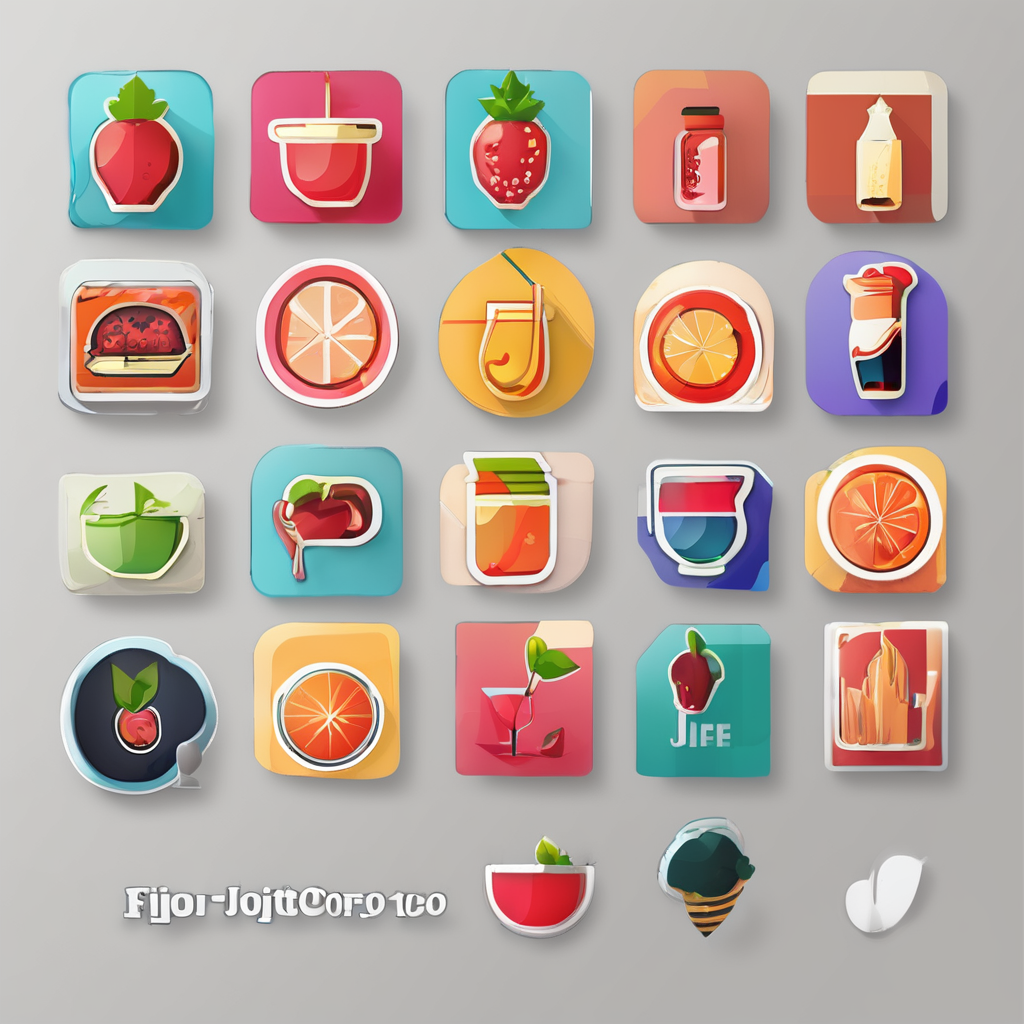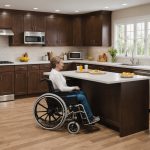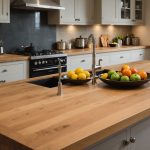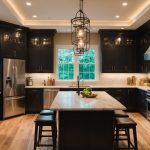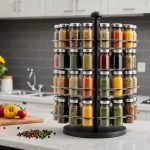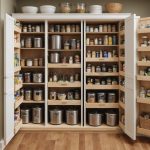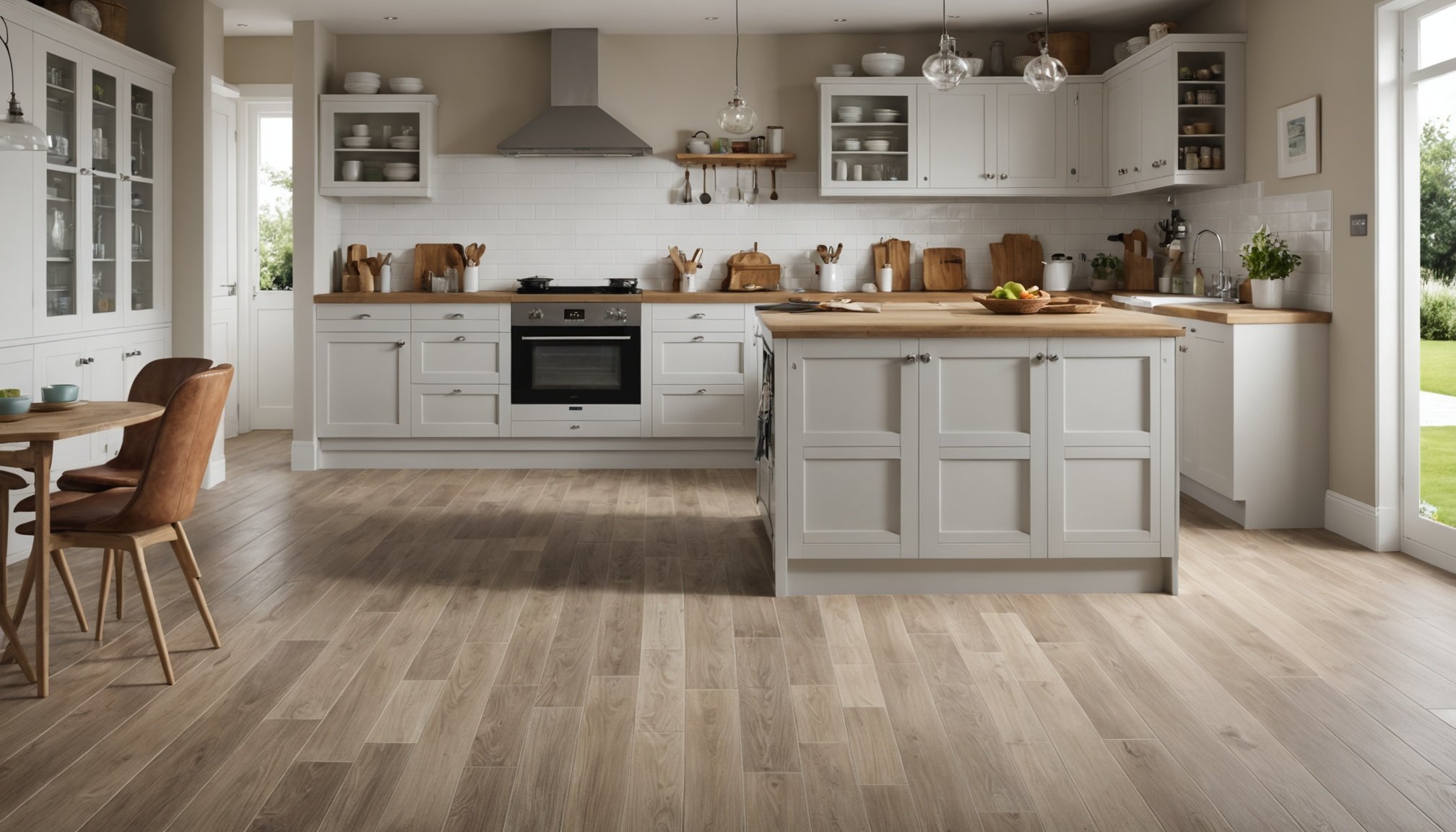Overview of Coastal Kitchen Flooring Considerations
Choosing the right coastal kitchen flooring is essential for homes near the shore, considering the unique conditions they face. Coastal homes often encounter challenges such as moisture, salt air, and temperature fluctuations, which can greatly affect flooring materials. Understanding these environmental factors is crucial to avoid damage and ensure the longevity of your flooring.
When selecting flooring options for coastal homes, it is important to prioritise materials that can withstand humidity and environmental stressors. This will not only enhance durability but also protect the investment you have made in your home. A key consideration in coastal kitchen design is achieving a balance between functionality and aesthetics.
This might interest you : Creative pantry organization tips: space-savvy solutions for slim kitchens in the uk
The aesthetic goals for coastal kitchens include reflecting the serene and fresh environment associated with seaside living. Opting for materials and colours that create a bright and airy atmosphere can significantly enhance the overall appeal of the space. Coastal-themed interiors often incorporate elements such as natural textures and soothing colour palettes.
To sum up, the selection of coastal kitchen flooring should align with both practical requirements and design aspirations. By doing so, homeowners can enjoy a kitchen that is not only visually appealing but also resilient against the unique challenges posed by coastal environments.
Additional reading : Ultimate guide to maintaining oak worktops in your uk kitchen: must-know tips for longevity and care
Best Flooring Materials for Coastal Kitchens
When it comes to choosing the best kitchen flooring for coastal homes, it’s crucial to consider flooring materials that can withstand the unique challenges of coastal environments. From durability to design, selecting the right material impacts more than just aesthetics.
Vinyl Flooring
Vinyl flooring is a popular choice for coastal settings due to its outstanding resilience against moisture and temperature changes. This material is known for its durability and minimal maintenance. With vinyl, homeowners can enjoy a wide range of design options that mimic natural textures while benefitting from easy cleaning. Its water-resistant nature makes it particularly suitable for kitchens near the shore.
Tile Flooring
Tile flooring offers an impressive array of styles and colours, making it an excellent choice for creative expression in kitchen design. Highly water-resistant, tiles are exceedingly durable and can survive the salty air of coastal homes. Installation, though requiring precision, allows for intricate patterns—enhancing any aesthetic goal.
Engineered Wood Flooring
For those drawn to the warmth of wood, engineered wood flooring provides a robust alternative to traditional wood. Designed to manage exposure to moisture, it retains its beauty without frequent upkeep. Its versatility ensures seamless integration into any coastal-themed kitchen.
Pros and Cons of Each Material
When contemplating coastal home flooring choices, evaluating the flooring pros and cons is pivotal. Different materials offer varied advantages and disadvantages, each impacting aspects like durability, aesthetics, and budget.
Vinyl Flooring
Pros: Known for its excellent water resistance and durability, vinyl is ideal for coastal settings. It requires minimal maintenance and offers a plethora of design possibilities, from imitating wood to bold patterns. Cons: While durable, it may not impart the same natural warmth or texture as real wood or stone, potentially affecting high-end aesthetic aspirations.
Tile Flooring
Pros: Tiles boast exceptional water resistance and longevity, handling coastal moisture with ease. Their aesthetic flexibility allows for creative patterns and a wide spectrum of colours. Cons: Installation demands precision and expertise, adding to the initial expense. Some tiles might feel cold underfoot in cooler climates, possibly necessitating additional underfloor heating.
Engineered Wood Flooring
Pros: This material offers the visual charm of wood with enhanced resistance to coastal humidity. It seamlessly fits varied design themes and adds value to homes. Cons: Compared to vinyl, engineered wood may need more upkeep and can be pricier, both in terms of material and installation costs.
Maintenance Tips for Coastal Flooring
Maintaining flooring in coastal homes requires special attention to combat the effects of moisture and salt. Implementing routine flooring maintenance can prolong the lifespan of your flooring and preserve its appearance.
Start by developing a regular cleaning routine. Salt from the air and moisture can accumulate on floors, leading to damage over time. Weekly vacuuming and mopping with a damp cloth can help prevent this buildup. It’s essential to use cleaning products designed specifically for the type of flooring you have; ensure they do not strip protective coatings or introduce more moisture.
Preventative measures are equally crucial. Placing rugs or mats at entry points helps trap sand and moisture, reducing floor exposure. In areas with heavy foot traffic, consider using protective pads under furniture to prevent scratches.
Moreover, addressing spills immediately, especially in kitchens prone to humidity, prevents water damage and staining. For materials suceptible to humidity such as engineered wood flooring, using a dehumidifier can maintain optimal moisture levels.
Choosing the right cleaning products is vital. Avoid harsh chemicals and ensure the products suit the specific flooring materials in your coastal home. This care not only extends the flooring’s life but also maintains the desired aesthetic appearance.
Budgeting for Coastal Kitchen Flooring
When planning for coastal kitchen flooring, understanding the costs associated with different materials is crucial. Consider both immediate expenses and potential long-term costs to ensure a financially sound renovation.
Initial Costs
Flooring cost varies significantly based on material. For example, vinyl is often more affordable than engineered wood, which can be pricier due to its composition and aesthetic appeal. Factors influencing costs include the type and quality of materials chosen, and market trends specific to coastal regions, affecting availability and pricing.
Long-term Costs
Beyond initial expenses, consider long-term cost implications such as flooring maintenance and potential replacement. Durable materials like tile may have higher upfront costs but offer cost-effectiveness due to their longevity. An investment in quality reduces future expenditures on repairs and replacements, a factor to weigh when budgeting kitchen renovations.
Local Suppliers and Installation Services
Sourcing from reputable local suppliers can offer pricing advantages and convenience. In the UK, establishing connections with these suppliers ensures better product quality and potential discounts for bulk purchases. Professional installation services not only safeguard your investment through skilled workmanship but also validate warranties, contributing to the overall durability and cost-effectiveness of your coastal kitchen flooring.
